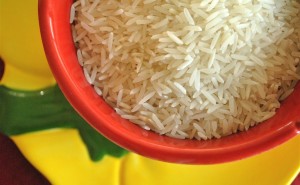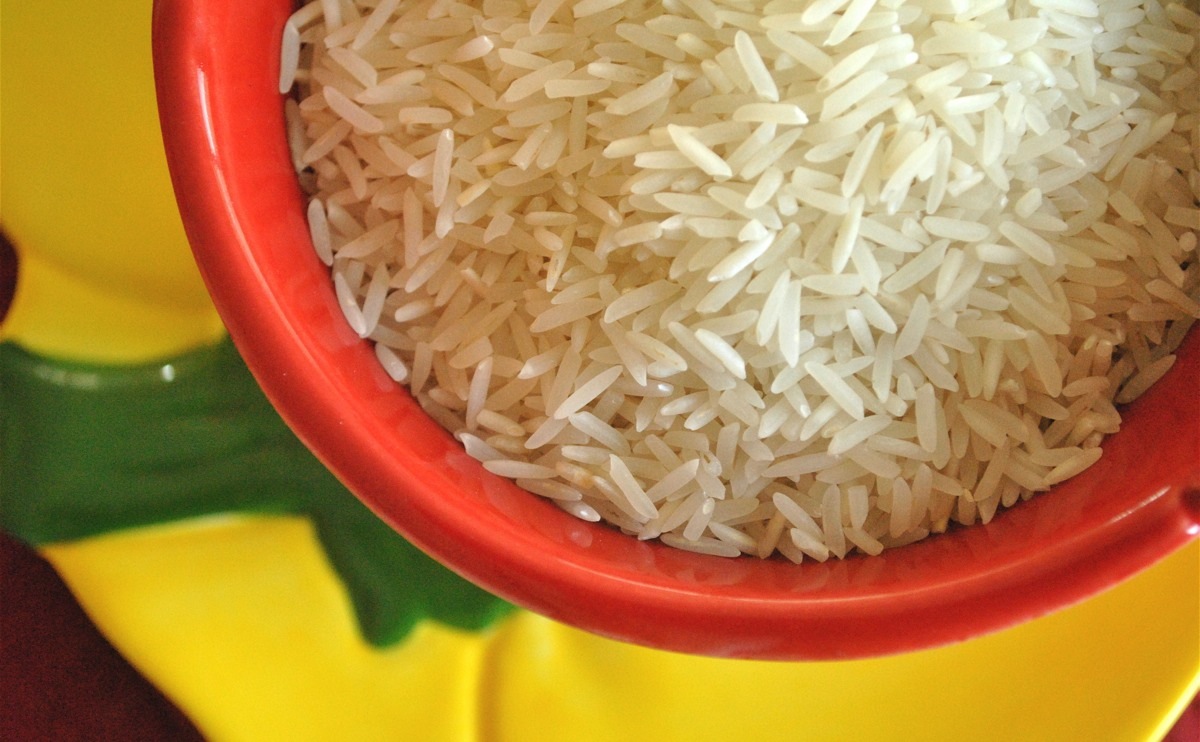
The fact that rice can have high levels of arsenic isn't new. Studies about the concentration of the chemical, which is drawn up along with water into many plants, especially rice, have been around for a good few years now, and the FDA even has an FAQ on their site explaining the risks and background. But mostly the risks are not as serious for Americans; our rice consumption is not particularly high, compared to the rest of the world, limiting our exposure to arsenic. But that might not apply to those with celiac disease, or who merely prefer to eat gluten-free for whatever reason.
Arsenic poisoning is no joke; effects can range from headaches to blood in the urine to coma to death. American rice, interestingly, can actually be very high in arsenic; a study in 2005 found that American rice is usually significantly higher in the chemical than rice grown in India. But the World Health Organization is mostly not that concerned about us, given our minimal love of rice compared to countries in Africa and East and South Asia.
Rice is one of the few cereal grains consumed by people with celiac disease, as it does not contain gluten. However, it can have high concentrations of a toxic substance – arsenic – as revealed by the analyses of flour, cakes, bread, pasta and other foods made with rice, conducted by researchers from the Miguel Hernández University of Elche, Spain. The European Union is working to establish the maximum quantities of arsenic in these products.
For the majority of consumers this does not pose any problem because they do not eat much rice every day, but this is not the case for celiac disease sufferers. Researchers from the Miguel Hernández University of Elche (UMH) have analysed the presence of arsenic in flour, bread, sweets, pastas, beers and milk made with rice and intended for this particular group of the population.
The results of the analyses, presented in the journal Food Additives & …
The FDA recommends that consumers eat a well-balanced diet that includes a variety of grains for good nutrition and to minimize potential adverse consequences from consuming an excess of any one particular food. Published studies and ongoing FDA research indicate that cooking rice in excess volumes of water, five to six times that of the rice, and draining the excess water, can reduce up to roughly half of the arsenic content. The FDA recognizes that consumers do not typically prepare rice in this manner, similar to preparing pasta, and some may not wish to do so. Further, such preparation may well lower the nutritional value of the rice (i.e., the folic acid content of fortified rice and some B vitamins). The agency is not aware of any studies that have determined the net benefit of reducing the arsenic at the expense of the nutrients also removed.
Please Read this Article at NaturalBlaze.com





Leave a Reply